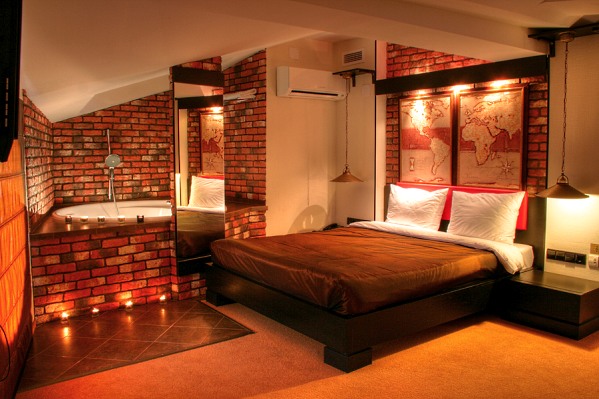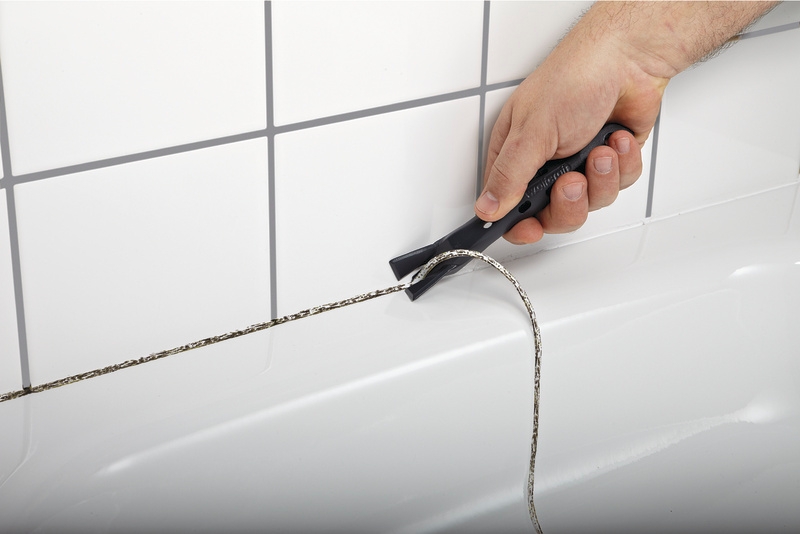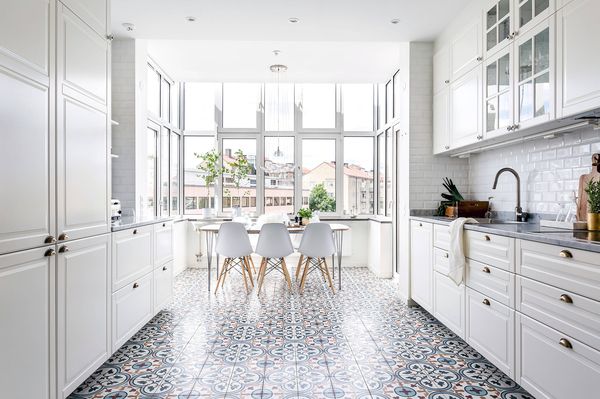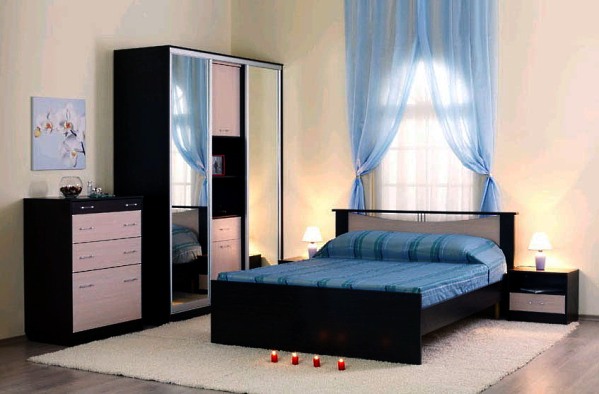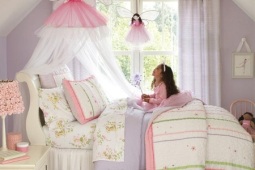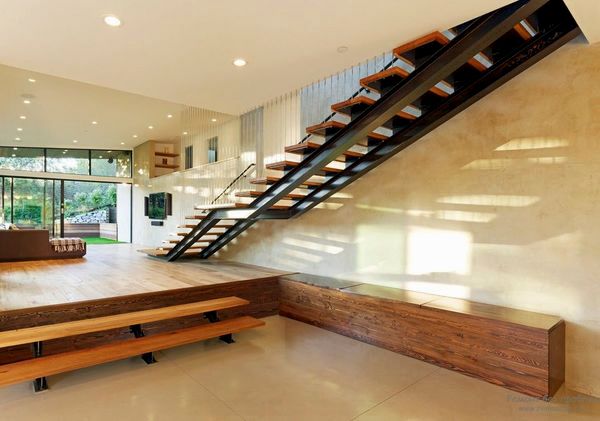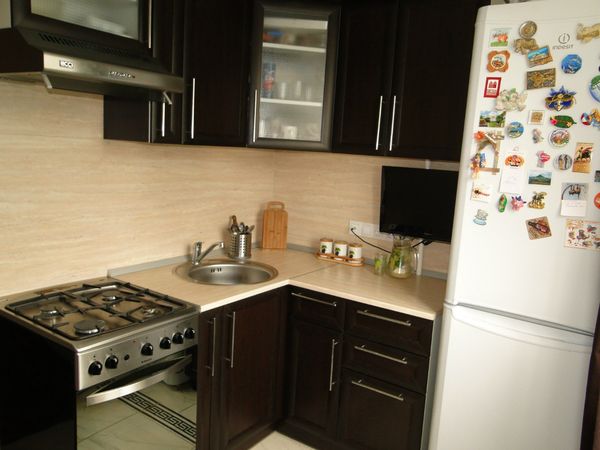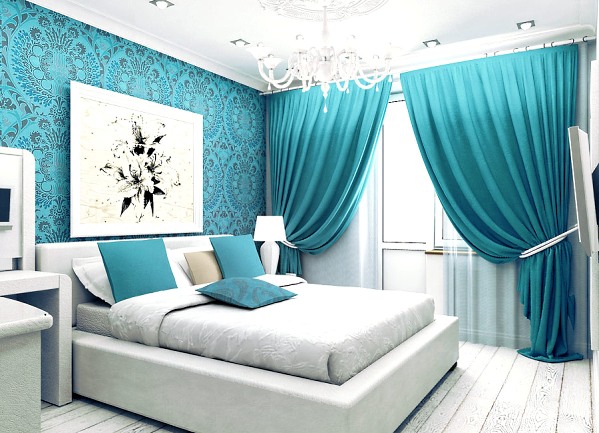Industrial Carpeting: All That Needs to Be Known to BuyerThe floor can be slippery and therefore hazardous, it can be cold and cause chill and it can have a coating that is not pleased to the eye... In such cases it is covered with a carpet. And the eternal problem − the carpet, which you liked, does not fit with dimensions, and indeed the rug that would completely shut down our floor, may not be released in common. And then what should you do if the idea of a carpet becomes obsessive, and so much so that everything else is not cute? All quite simply, the industrial carpeting will provide the soft nap under one's feet with its dimensionless, or more precisely the opportunity to change it ("universality") as opposed to the usual carpet. Carpeting, Its CharacteristicsCarpeting can be defined as the soft floor cover, completely it closing. To do this, it needs to be a roll material with unlimited length. The most important feature of this product − is the thermal insulation for a long time. This is due to the elements of its structure: dense base and bristles that hold the air which has a low thermal conductivity. Another important characteristic is the versatility, which means that the carpet can cover any floors. Ease of installation makes it possible to stack it yourself. The density of the industry carpeting is the characteristic that indicates how tightly the fibers are adjacent to each other, which reduces the grade of contamination and denting. The important characteristics are the composition of the yarn, the endurance, the color of filament and the pile's height. For example, for a smaller abrasion in the offices it is necessary to lay carpeting with a low pile made of synthetic filaments. The durability of the carpet is affected by even the method of drawing: stamped picture will fade much faster than on woven one with colored threads. Methods of Carpeting ProductionAny carpeting belongs to the three types, distinguished by the mode of production: - woofed;
During the tufting method, the needle punches a thread through the base, and a hook, moving, tightens this thread, after which it is fixed by glue. Sometimes, this method is referred to as tufted or looped. This method allows you to insert applications into the carpet of the other materials: beads, wood, fabric. The height of the pile is governed by the setting of the machine. These carpets are made faster than of woven, but they wear out faster. Needle-punched carpeting is made exclusively of synthetic materials: the polyamide or polypropylene mass with the addition of rubber and glue whipped scurrying back and forth needles. After curing, the resulting canvas is firstly whipped (like felt-boot), and then rolled. The result is cheap and durable carpeting with an excellent attenuation. Sometimes it is used and in the apartments, but more often it can be seen in the offices, cinemas, conference rooms. Yarn for CarpetingThe finished products by the composition of the yarn, used in production, divided into: - natural (of wool threads); Wool carpeting is resilient, easy to clean, poorly flammable and bad wetting, but for the wear is not sustainable and expensive, because of that more and makes blended carpeting. The last is cheap and wears poorly. Every industrial carpeting, which is made of synthetics has its specific pros and cons: • The polyester carpeting is cheap, mechanically stable, long "hold" the color, not afraid of biological effects, but the hard, with plastic glittering and short-lived (used within eight years). The Pile of Carpet
- with a short-napped, where the bristle has the height of about 0,08-0,1 inches; The most comfortable and beautiful is the high nap, but cleaning and denting limits its using in some places with a small passability. Carpeting with a short napping is not almost afraid of attrition and denting. Classification of Industrial Carpeting by Pile's Type
Laying Carpeting
Throughout all the dwelling the piles need to look in one direction and this slope should be directed away from the window. The light is scattered uniformly from a carpeted surface, so the carpeting looks more neat and smooth. If there is not enough width of the carpeting, it is needed to stack several pieces. Here, too, there are certain rules: the butt joints are not placed in areas of the most intensive movement of buyers, as well as at the entrance into the room, and they should be directed parallel to the lines of illumination butt joints. It is the butt joints and explain the fine print of the most carpeting: with a large picture during the docking to align of the pattern, much material would be lost to waste. To leveling the surface for the carpeting, in the absence of the floor, on the lower plate of the ceiling is laid a concrete screed. Keep in mind that the carpeting, even with the rubber base, passes through itself a cement dust. Therefore, it is better to put a substrate − it in addition to protecting from dust will act as the additional noise- and thermal-insulation. The glueless carpeting is usually placed in the small rooms. Having spread it, take the rolls and roll it towards the walls. You must not forget about the V-neck in the corners as the carpeting is taken with an overlap on plinth because it would not fit in the corners. If the carpeting was in rolled up form for a long time, it could become corrugated. In such a situation it sprinkles by water. The carpeting is fixed to the plinth with either a metal rack or a system of expansion jointing. The placing of the carpeting with glue is as follows: - the half of the cut to the dimensions of the room and unrolled material with the V-neck at the corners roll into the roll; If the room is widely large, then not do without the joints. The joint is carried out by connection "overlap". That is, one sheet of the carpeting overlaps the other by about two inches. Further, the sheets for three-fourths of the width are placed on the glue. Then takes a cutter and a ruler and cut the closed place. The joint turns out equal and tight-fitting. Then dry areas of the carpeting are smeared with glue and pressed. Placing with glue is safer, as the carpeting do not "sliding" on the floor. Problems of Industrial Carpeting Choice Despite the fact that wool carpeting is the most expensive, buyers, having a lot of money, choose a natural thing, trying to buy just it, or, at worse, the carpeting with mixed threads. The wool carpeting during the selecting is very easy to distinguish − it is necessary to bring a match to the thread: a wool thread will smolder, artificial − melt. Preference for wool is explained as follows: "spank" with bare feet on the cold floor is not very nice and this material is warm. It should be taken into account when choosing that the carpeting will help expand the range of ideas in the design home repairing. This is due to the richness of colors, types, textures and even the effect of pattern "voluminosity" the sheared loops. When choosing you should look for a place of applications: for offices − to take the short-napped carpeting, for a living room − it will be nice suitable the nap of medium length, for bedroom and working rooms - the long-napped carpeting. A synthetic carpeting is good for the office, for home use, hygienic and warm wool. The dense carpeting (with a high frequency of bristles per unit area) has a better quality of the carpeting with rarer thread. The method of dyeing carpet's yarns also tells about its quality. The best quality and the most indelible color will be the one where the yarns are made from already colored mass of synthetics. Coloring with the average quality is considered this one with the ready-painted yarn threads. The lowest quality − a figure is applied to the finished carpeting. The canvas paints on such thing will be erased or will quickly burn out. This disadvantage is also easy to identify − the naps are not painted to the base. More articles on the topic: - Cosmetic Repairs in Apartment (Hallway) - Brown Drapes in Interior – Selection of Photos (50 pieces) - Leather Tiles – Royal Style Era - Tile Gauge and Problems of Various Calibers - How to Combine Colors in Interior - Ideas with Photos | |
|
| |
Cozy Bedroom − Tips and Mistakes
Removing Silicone
Photo of Beautiful Kitchen in White
Design Child's Room for Girls (55 Photos)
Mirror in Bedroom
Nursery Room for Girl
Cape on Sofa - Examples in Photos
Stairs − Everything You Need to Know!
Modern Ideas for Decorating Kitchen (70 Photos)
Design Bedroom in Bright Tones − Room for Unforgettable Dreams

 Made by woven method, carpeting is more expensive than products made in other ways. It practically repeats almost all technologies and stages of the manufacturing process of the carpet by hand, however, now the hands replaced with machines. Still, its production is a long and laborious process, and therefore − expensive. To distinguish it easily: on the reverse side is a grid of a jute base. If the woven rug is without pile, then it is called a tapestry.
Made by woven method, carpeting is more expensive than products made in other ways. It practically repeats almost all technologies and stages of the manufacturing process of the carpet by hand, however, now the hands replaced with machines. Still, its production is a long and laborious process, and therefore − expensive. To distinguish it easily: on the reverse side is a grid of a jute base. If the woven rug is without pile, then it is called a tapestry. The upper side of the carpeting can be either a loop or a pile. The loops can be as split and whole. Loop carpeting is the most durable among the rest, so it can be placed in the areas with high mechanical loads. However, the loops quickly collect dirt, so you need to clean and wash such carpeting regularly, otherwise the dirt loops should be cleaned problematic. The loop carpeting can be with small, large and mixed loops that allow you to create volumetric images.
The upper side of the carpeting can be either a loop or a pile. The loops can be as split and whole. Loop carpeting is the most durable among the rest, so it can be placed in the areas with high mechanical loads. However, the loops quickly collect dirt, so you need to clean and wash such carpeting regularly, otherwise the dirt loops should be cleaned problematic. The loop carpeting can be with small, large and mixed loops that allow you to create volumetric images. The pile carpeting (and the carpeting with cut loops) also varies according to the pile height and can be:
The pile carpeting (and the carpeting with cut loops) also varies according to the pile height and can be: 1. Scroll − a sheared carpeting with loop's nat made of polyamide or polypropylene, and the loops are of different level; a thread in it is used of different colors, whereby is obtained a complex pattern. The highest loops are cut and comb out. It is presentable, wear-resistant and inexpensive.
1. Scroll − a sheared carpeting with loop's nat made of polyamide or polypropylene, and the loops are of different level; a thread in it is used of different colors, whereby is obtained a complex pattern. The highest loops are cut and comb out. It is presentable, wear-resistant and inexpensive. 2. Frieze − textured carpeting. The piles are high and strongly twisted. This twisting and "curliness" are thermally fixed. There are many variants of the piles: loop, split, double-facture (with different thickness of the threads). This carpeting hides dirt and footprints well, but caring for it is quite difficult.
2. Frieze − textured carpeting. The piles are high and strongly twisted. This twisting and "curliness" are thermally fixed. There are many variants of the piles: loop, split, double-facture (with different thickness of the threads). This carpeting hides dirt and footprints well, but caring for it is quite difficult. 4. Berber − a carpeting having a boucle nap with closed large loops. In this case, "bouclé" means such prominency as waviness. It is made either from monochromatic or melange (multi-colored) or textured (thermally modified) polypropylene yarn. The volumetric effect of this carpeting is enhanced by the color and the different height loops.
4. Berber − a carpeting having a boucle nap with closed large loops. In this case, "bouclé" means such prominency as waviness. It is made either from monochromatic or melange (multi-colored) or textured (thermally modified) polypropylene yarn. The volumetric effect of this carpeting is enhanced by the color and the different height loops. 6. Shaggy − the high pile carpeting whose pile's height is of about 1.3 inches (with substrate). Base is a felt and faux jute. One hundred-percent nap consists of the polypropylene that is antistatic, and in appearance indistinguishable from wool. It is comfortable and sound-absorbent. Therefore, perfectly suited for the nursery, working and living rooms.
6. Shaggy − the high pile carpeting whose pile's height is of about 1.3 inches (with substrate). Base is a felt and faux jute. One hundred-percent nap consists of the polypropylene that is antistatic, and in appearance indistinguishable from wool. It is comfortable and sound-absorbent. Therefore, perfectly suited for the nursery, working and living rooms. 7. Velour − the industrial carpeting with unbroken, completely cut, piles. The thread is not twisted. Thus, the entire surface of this carpeting has the same level. It, by feel, is smooth, velvety and reminiscent of the plush. A care is very simple, but at the same time it is more easily susceptible to pollution. By the way, the pattern conceals this disadvantage.
7. Velour − the industrial carpeting with unbroken, completely cut, piles. The thread is not twisted. Thus, the entire surface of this carpeting has the same level. It, by feel, is smooth, velvety and reminiscent of the plush. A care is very simple, but at the same time it is more easily susceptible to pollution. By the way, the pattern conceals this disadvantage. 8. Saxony − the carpeting, as velour, cut to get a smooth surface. But, unlike velour, here it is cut twisted thread, so the surface becomes like "grainy". This carpeting is considered elegant and comfortable.
8. Saxony − the carpeting, as velour, cut to get a smooth surface. But, unlike velour, here it is cut twisted thread, so the surface becomes like "grainy". This carpeting is considered elegant and comfortable. 9. Cut-loop − the carpeting, which is the most "voluminous". Even if all threads are of the same color, it creates a three-dimensional figure. This is achieved in the following way: some loops cut, others are not, part of the loops sheared off short, part − longer. It is created the small islands-convexity, which, playing with a light, is doing the carpet unusual.
9. Cut-loop − the carpeting, which is the most "voluminous". Even if all threads are of the same color, it creates a three-dimensional figure. This is achieved in the following way: some loops cut, others are not, part of the loops sheared off short, part − longer. It is created the small islands-convexity, which, playing with a light, is doing the carpet unusual. There are two ways of laying the carpeting: the glue and glueless. However, more on that later, first consider the general installation principles for both methods.
There are two ways of laying the carpeting: the glue and glueless. However, more on that later, first consider the general installation principles for both methods.